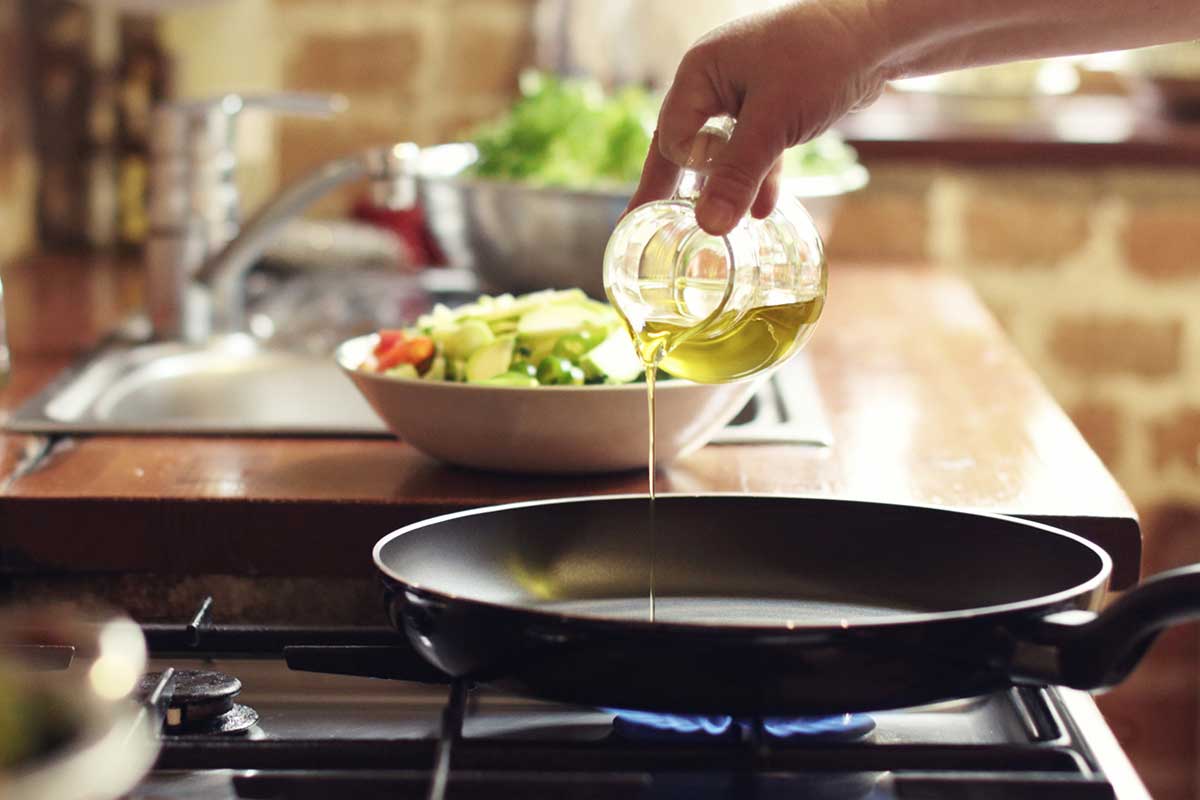Your Cart is Empty
Here’s a look at chia oil and how it fits among the culinary oils according to smoke point and types of fats they contain…and why you want it in your recipes and on your plate!
This month we’re talking about SOW Chia Oil and the many delicious ways you can incorporate this nutrient-rich, high flavor oil in your cooking—that means turning up the heat.
Many people are surprised when we share with them that, although it is also delicate and smooth-flavored, SOW Chia Oil can actually stand up to heat and be used in most cooking styles from stir fries to baking and even roasting up to 420˚F. This is due to a few factors, but in part, it’s due to chia oil’s stability, which helps chia oil have one of the highest smoke points among the plant oils—particularly one that provides an excellent source of plant omega-3 ALA in a single teaspoon.
You’ve likely heard about the smoke point of oils. But interestingly, smoke point charts rarely explain what that even means andsadly many times chia oil isn’t even displayed on those lists.
So, we’re here to change that! Introducing our Smoke Point chart here. It shows various cooking oils and the maximum temperature to hit when using an oil. You’ll also see a table beside it with the types of fats in each oil. The polyunsaturated and monounsaturated fats are considered the healthier oils—you want more of those overall and lessof the saturated fats overall. It’s about balance.

What is a smoke point?
So how do I use SOW Chia Oil?
Chia oil has a clean, nutty flavor and is very versatile.
Try it in:
Now that you know a little more about smoke point, you can make a choice that’s best for your meals as well as your health—and start including more chia oil in your menus both in cooking or those that are prepared at room temperature or cold.
Try and taste some of our recipes on sow.bio!
Resource
Smoke Point: A Look at Chia Oil and Other Cooking Oils, Benexia®
